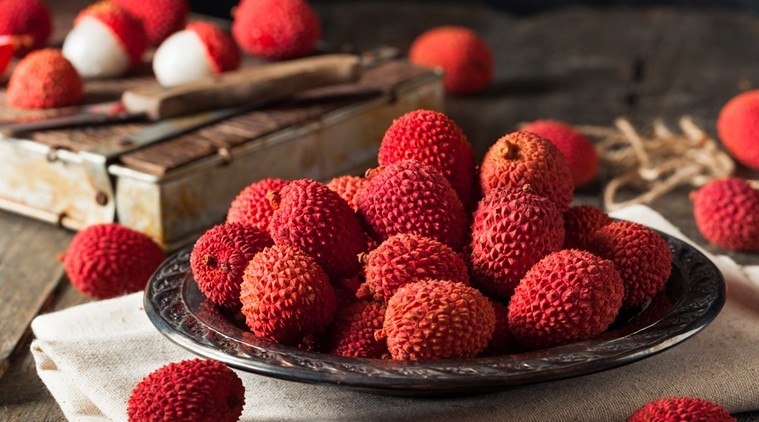Contents:
- Medical Video: Exotic Foods That Can Actually Kill You
- 1. lychee fruit
- 2. Cassava
- 3. Starfruit
- 4. Sugar cane plants
- 5. Sikas
- 6. Potatoes
- 7. Red beans
Medical Video: Exotic Foods That Can Actually Kill You
Did you know if there are several fruits and vegetables that contain toxins that are harmful to the body? Yup! It turns out that your favorite fruit or vegetable has been secretly containing poisons that can be harmful to the body. How to stay safe? See the explanation below.
1. lychee fruit
Lychee when seen from outside looks rough and prickly. Even so, the fruit has a sweet taste, soft texture and contains a lot of water. But if you eat this fruit before it is cooked, especially eaten on an empty stomach or consumed by malnourished children, the lychee can be toxic and fatal. As recently happened in the city of Muzaffarpur, India, which is the largest lychee production area in India.
Every year, hundreds of children in India are hospitalized for fever and seizures. Recent reports reveal that they may be exposed to poisons from raw lychees. The toxin causes the production of sugar in the body to be blocked, resulting in lower blood sugar levels or hypoglycemia. This can cause encephalopathy, or changes in function in brain function.
2. Cassava
According to the World Bank, cassava is the most important source of calories after corn and rice, which is consumed by 600 million people worldwide every day. This type of plant is delicious when fried, boiled, or baked. But be careful! Cassava can be toxic if not processed properly. Pasanya, this plant naturally contains toxic hydrogen cyanide so it needs proper processing to reduce the toxicity.
Processing cassava can be done by fermentation, stripping, drying, and cooked to remove toxins. If someone is eating raw or unprocessed, eating cassava can affect thyroid hormones and damage nerve cells in the brain that are related to movement, and can even cause paralysis.
3. Starfruit
Starfruit has a high risk for people suffering from kidney disease. According to the National Kidney Foundation of the United States, starfruit contains poisons that can affect the brain and can cause nerve disorders.
For people who have healthy kidneys, these poisons can be processed and removed in the body, but otherwise people who have chronic kidney disease cannot detoxify this fruit. As a result, poisons can potentially cause death.
4. Sugar cane plants
This plant is actually not dangerous to eat, but if left too long, the impact is not good. Eating sugar cane that is already moldy or stored too long will cause poisoning.
Even if the fungus in sugar cane is eaten by children, it can cause death or nerve disease for life. Not only children, this poison is also dangerous for all people. According to the World Health Organization (WHO), this fungus called artbrinium produces poisons that can cause vomiting, seizures, and coma.
5. Sikas
One of the most famous products of cycads is sago. Starch derived from sago tree trunks can be eaten in various forms. Just like cassava, cyclic plants need to be processed to remove toxins in it. Because, cycads are ancient plants that are one of the most toxic plants in the world and trigger neurodegenerative diseases.
This neurodegenerative disease plays a role in guam disease, namely neurological diseases such as Alzheimer's and Parkinson's on Guam Island - the origin of this plant. Two poisons contained in cycads, namely cycasin and BIMAA must be removed by washing, fermentation, and cooking.
6. Potatoes
Maybe you are surprised why potatoes can enter into a list of types of fruits and vegetables containing poisons. Because, potatoes are one of the foods that are in great demand by people, but in fact they can be toxic to the body. Salanine - a poison in potatoes, in fact can be dangerous if potatoes are consumed when the shoots have grown and are green.
Potatoes that have grown buds and are green will feel more bitter. This bitter taste is indicated as a marker that there are poisons in the potato.
7. Red beans
Many nuts contain poison phytohemagglutinin, but most toxins are in red beans. Even so, the poison content can be reduced when red beans are cooked. Within one to three hours, people can experience nausea, vomiting, and diarrhea that can develop into abdominal pain. But the impact is not as severe as if exposed to poisonous cassava and starfruit food. People can recover it quickly enough within three or four hours after symptoms begin.












